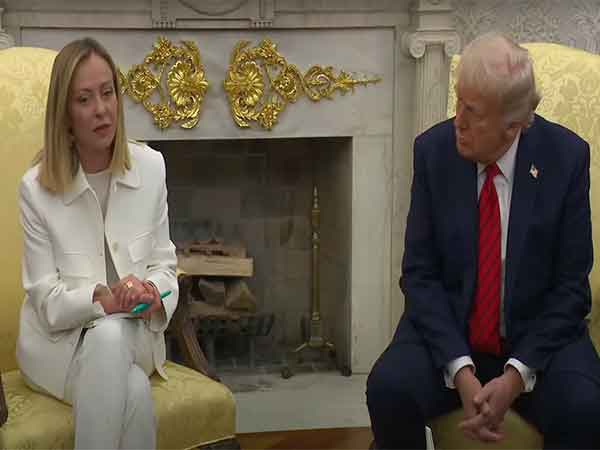Watch LIVE: India’s first mission to the Sun, Aditya-L1, set for launch today
The epic expedition comes just days after the nation became the first to land on the Moon’s south pole
India’s space agency takes aim at another milestone today with the launch of a probe to study the Sun.
If successful, the latest mission from the Indian Space Research Organisation (ISRO) will be the first by any Asian nation to be placed in solar orbit.
Aditya-L1 will carry scientific instruments to observe the Sun’s outermost layers, blasting off at 10.20am UAE time for its four-month journey.
Watch the liftoff live, below, from 9.50am UAE time:
Here are the latest updates on the country’s first mission to the Sun:
9.35am: What the payloads will carry
The spacecraft carries seven scientific payloads for the systematic study of the Sun.
All payloads are indigenously developed in collaboration with various ISRO Centres and Scientific Institutes.
Each payload performs a different function, here’s what they do:

9.21am: Interesting facts on the mission
Here are some fun facts on the iconic mission set to take place in an hour!
- Aditya-L1 will stay approximately 1.5 million km away from Earth, directed towards the Sun, which is about 1 per cent of the Earth-Sun distance.
- The Sun is a giant sphere of gas and Aditya-L1 would study the outer atmosphere of the Sun.
- Aditya-L1 will neither land on the Sun nor approach the Sun any closer.

9.15am: India all set to launch first mission to Sun
Ahead of the launch of ISRO’s first space venture to study the sun astronomer and Professor RC Kapoor said that the most important instrument on the Aditya-L1 mission launch will study the corona of the Sun.

Aditya L1 will carry seven different payloads, which will conduct a detailed study of the Sun. Four of these payloads will observe the light from the Sun while the other three will measure in-situ parameters of the plasma and magnetic fields.
It will be placed in a halo orbit around Lagrangian Point 1 (or L1), which is 1.5 million km away from the Earth in the direction of the sun. It is expected to cover the distance in four months’ time.
The largest and technically most challenging payload on Aditya-L1 is the Visible Emission Line Coronagraph or VELC.
Major objectives of India’s solar mission include the study of the physics of solar corona and its heating mechanism, the solar wind acceleration, coupling and dynamics of the solar atmosphere, solar wind distribution and temperature anisotropy, and origin of Coronal Mass Ejections (CME) and flares and near-earth space weather.

